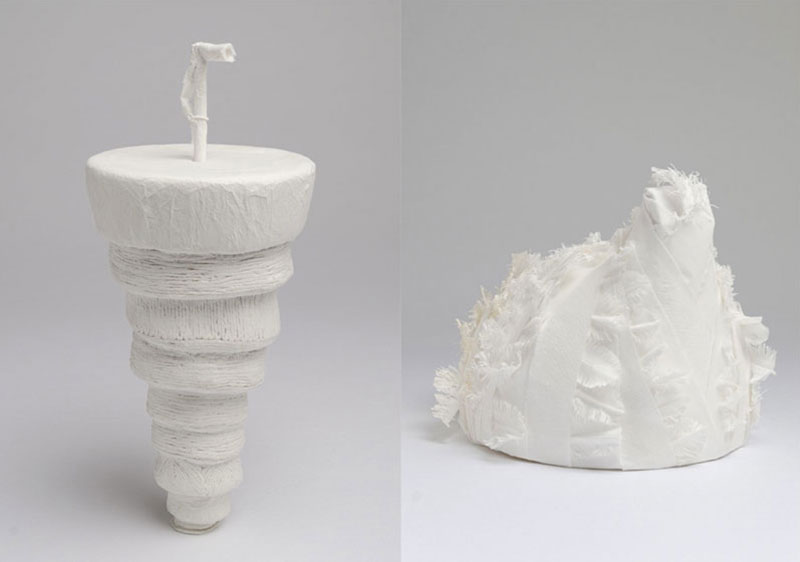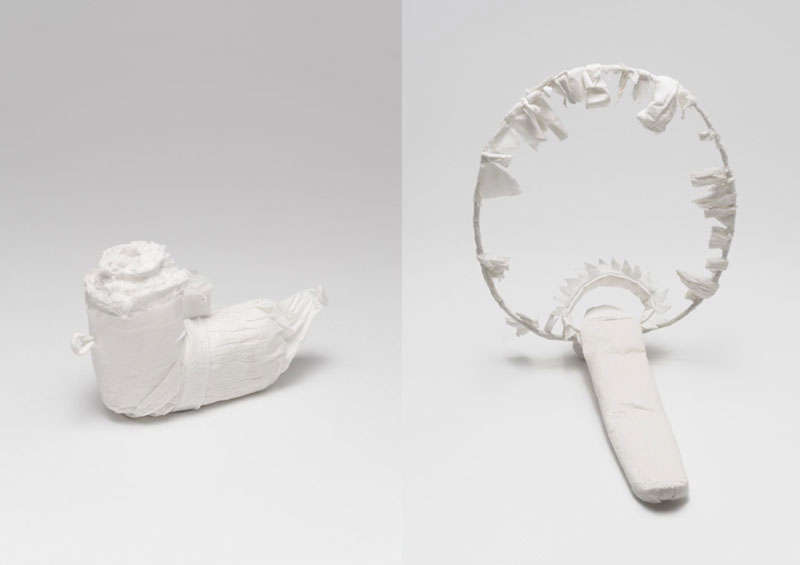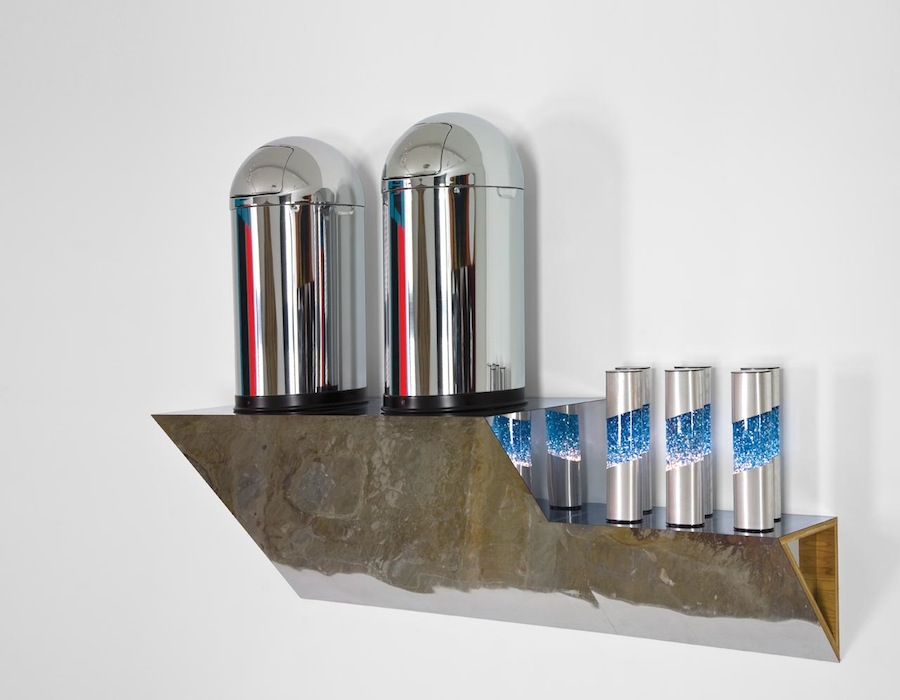
Haim Steinbach, ‘Ultra-lite #2’ (1988)
By mh
|
Posted in Abstraction
|
Also tagged Abstraction, America, bin, catalogue, collection, commerce, found, fuckem, glamour, glitter, Haim Steinbach, installation, israel, many, mass-production, meaning, multiplicity, plinth, product, readymades, sculpture, shine, trashcan, USA, wall
|
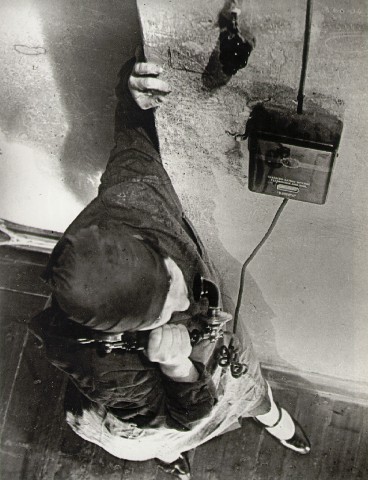
Aleksandr Rodchenko, ‘Woman at the telephone’ (1928)
By mh
|
Posted in Abstraction
|
Also tagged above, Aleksandr Rodchenko, analytical, communication, conversation, DIY, documentary, found, modern, objectify, observing, outsider, perspective, photograph, Russia, skew, subjective, telephone, unknown, wall, woman
|
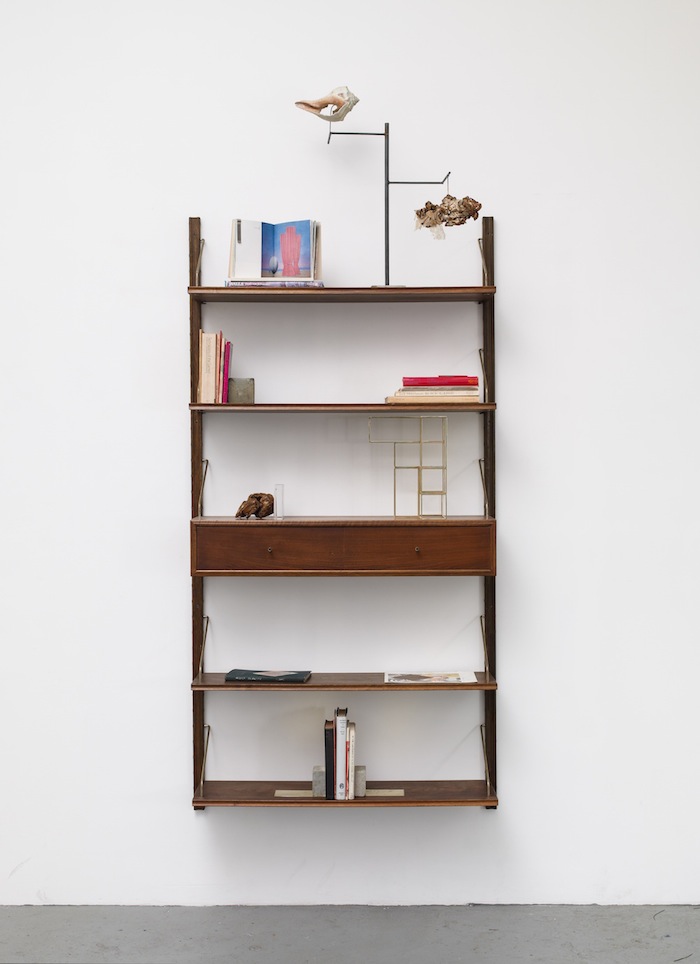
Carol Bove, ‘Vague Pure Affection’ (2012)
In Vague Pure Affection (2012), books, photographs, found objects, and small sculptures allude to drug culture and the expanded consciousness that many hoped to achieve through the use of psychedelics. However, Bove has drawn the work’s title from a volume that does not appear on the shelves: the 1901 Theosophist treatise Thought-Forms by Annie Besant and C. W. Leadbeater. This text, which outlines the shapes and colors of auras associated with various mental states, greatly influenced the invention of abstract painting by Vasily Kandinsky and others.
By mh
|
Posted in Composition
|
Also tagged America, associations, books, Carol Bove, collection, culture, DIY, drugs, found, furniture, installation, literature, photographs, psychedelics, romance, sculpture, shelf, shelves, text, unknown, wood
|
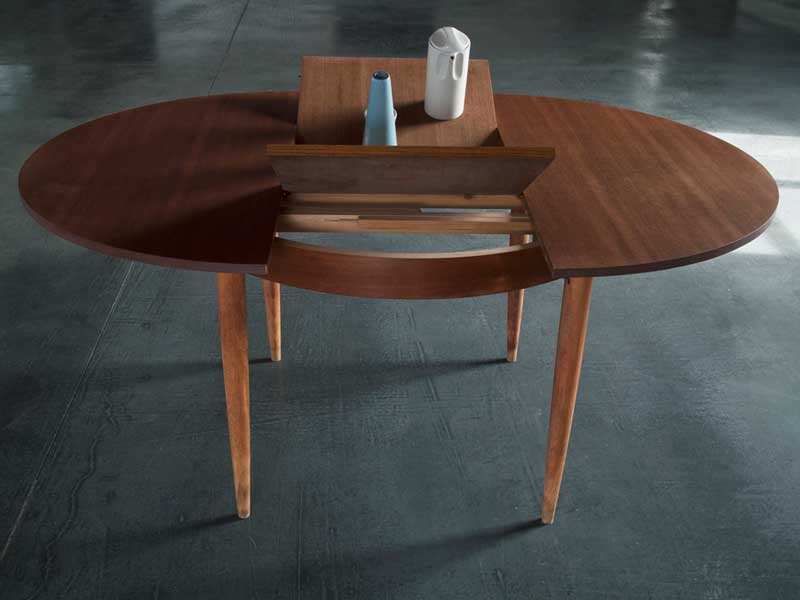
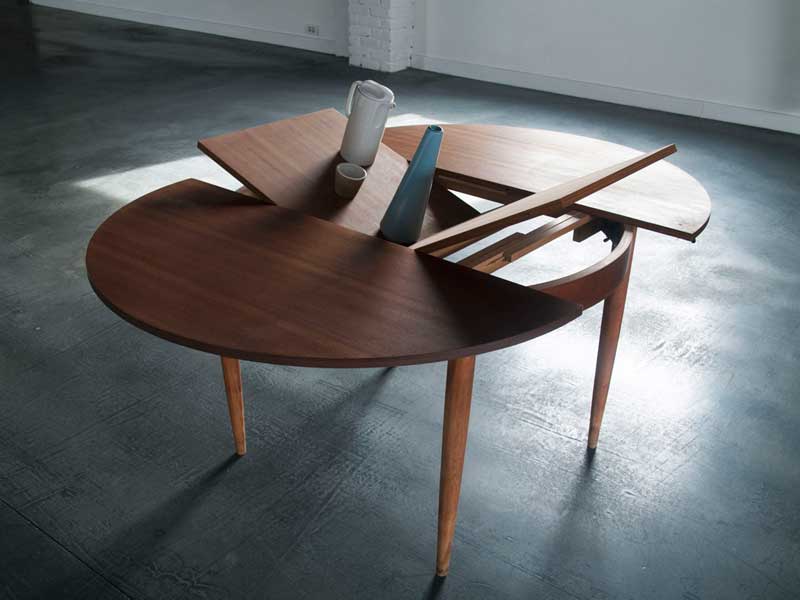
Gert Robijns, untitled (2012)
By mh
|
Posted in Composition
|
Also tagged angle, architecture, belgium, blue, brown, collection, design, DIY, expanding, folding, found, fuckem, fun, furniture, Gert Robijns, installation, interior, kitchen, retracting, sculpture, skew, slide, surface, table, teapot, unknown, white, wood
|
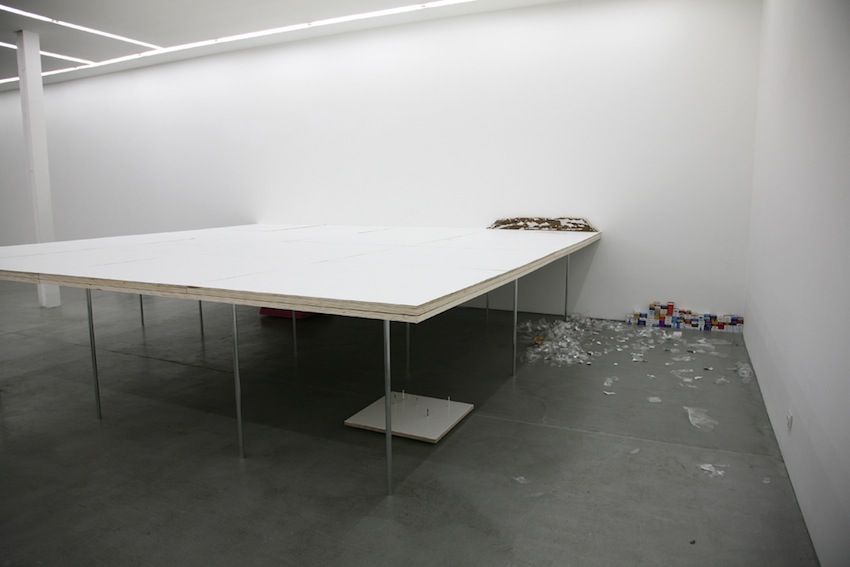
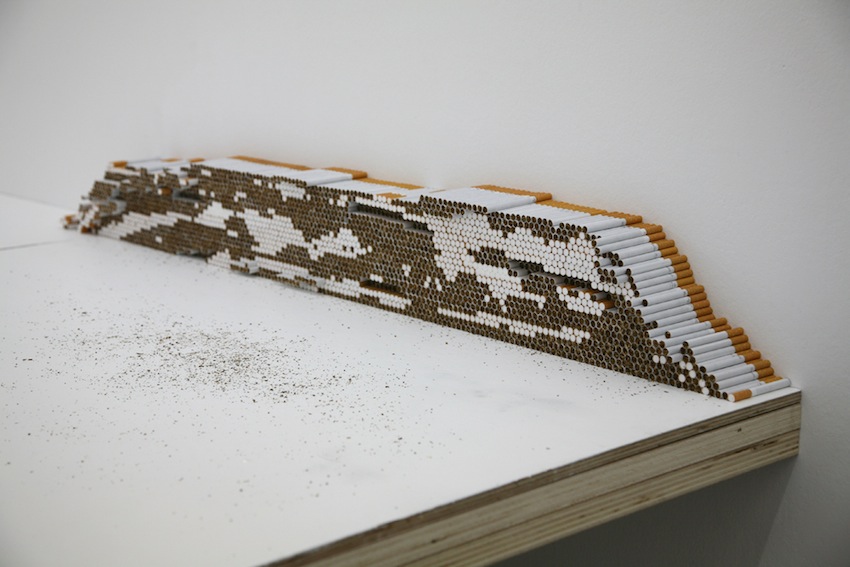

Koo Jeong A, untitled (2011)
By mh
|
Posted in Composition
|
Also tagged action, architecture, blank, brands, cigarettes, collection, DIY, empty, filters, found, fuckem, gesture, installation, Koo Jeong A, messy, minimalism, packs, ramp, romance, smoking, south korean, stuff, the wild, trash, unknown, wall, white
|
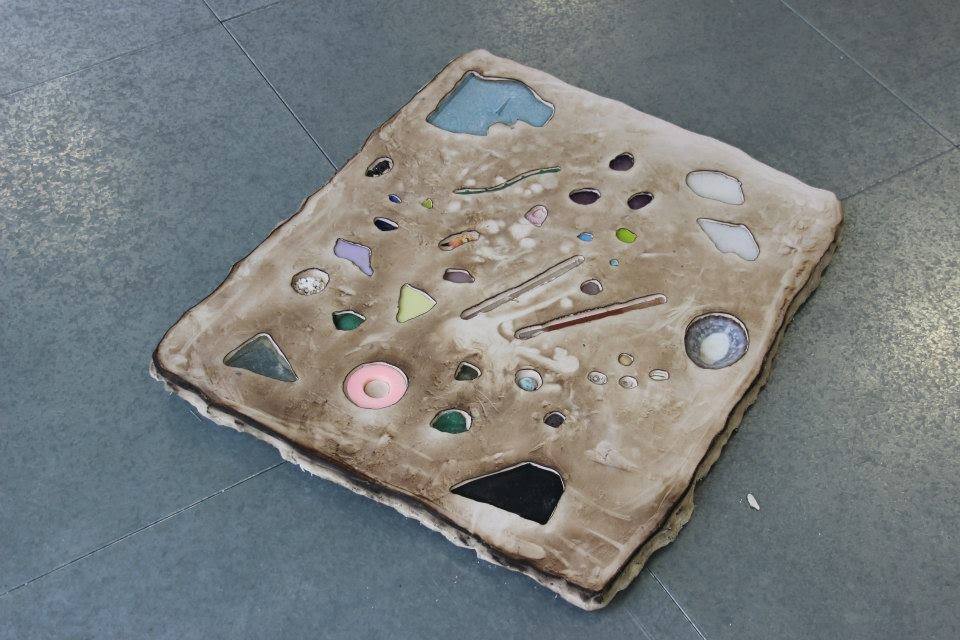
Hannah Lees, ‘Tablet XI’ (2014)
By mh
|
Posted in Abstraction
|
Also tagged archaeology, artefact, artifact, ceramics, clay, collection, coral, DIY, embedded, england, excavation, flat, floor, found, fuckem, glass, Hannah Lees, incorporated, london, melted, merge, merged, plaster, plastic, pottery, sculpture, shells, stone, stuff, surface, tablet, uk, use, utensils
|
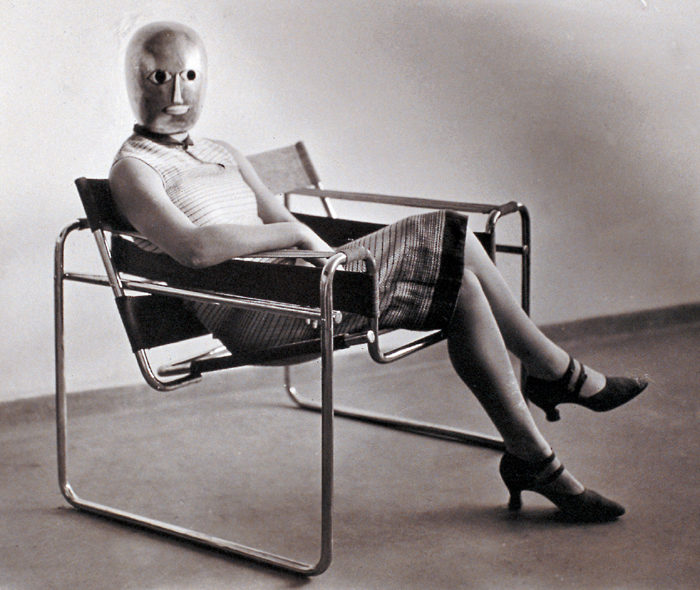
Erich Consemüller, woman in B3 club chair by Marcel Breuer wearing a mask by Oskar Schlemmer and a dress in fabric designed by Lis Beyer, 1926.
By mh
|
Posted in Composition
|
Also tagged architecture, b3 club chair, bauhaus, clothing, collection, design, disguise, DIY, dress, erich consemüller, fabric, furniture, germany, house, lis beyer, marcel breuer, mask, objectifying, oskar schlemmer, performance, person, photography, sculpture, woman
|
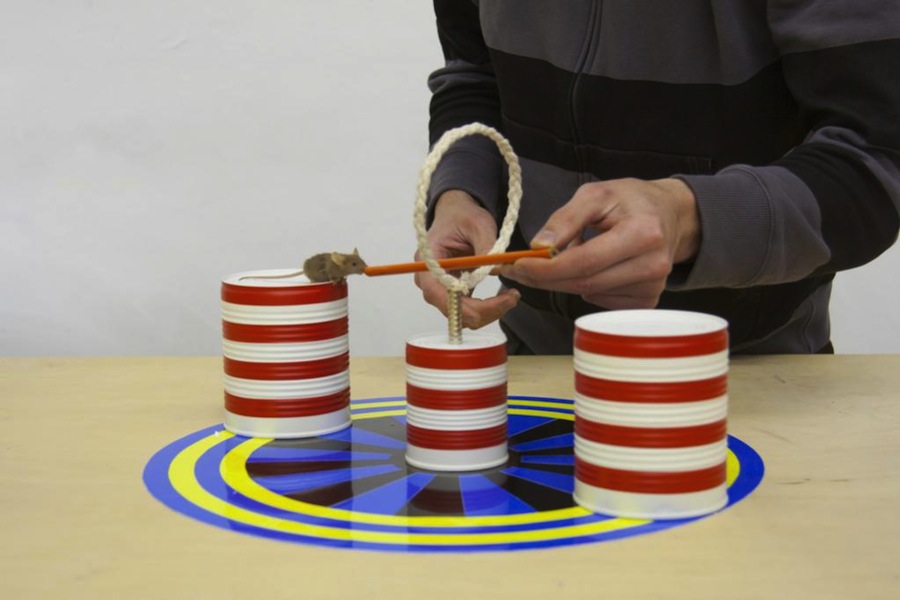
David Stamp, ‘What’s inside you wants you eaten’ (2012)
By mh
|
Posted in Abstraction
|
Also tagged act, action, animal, blue, cans, circus, collection, david stamp, DIY, entertainment, follow, fuckem, fun, hoop, installation, jump, mouse, pencil, performance, photograph, red, show, spectacle, stunt, target, the wild, unknown, white, yellow
|
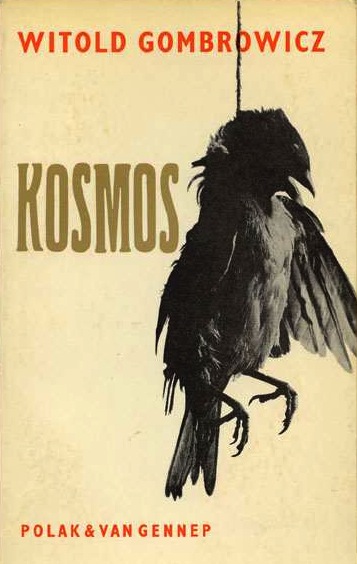
The novel ‘Cosmos’ (1965) by Witold Gombrowicz.
“[…] In Cosmos, I am telling the simple story of a simple student. This student goes to spend his holidays as a paying guest in a house where he meets two women, one has a hideous mouth which has been ruined by a motor car accident, while the other has an attractive mouth. The two mouths are associated in his mind and become an obsession. On the other hand he has seen a sparrow hanging from a wire and a piece of wood hanging from a thread… . And all this, a little out of boredom, a little out of curiosity, a little out of love, out of violent passion, starts dragging him towards a certain means of action … to which he abandons himself, but not without skepticism. […] Cosmos is an ordinary introduction to an extraordinary world, to the wings of the world, if you like.” – W. Gombrowicz
By mh
|
Posted in Abstraction
|
Also tagged absurdist, book, cosmos, dead bird, forest, found, fuchs, fuckem, hanging, hung, katasia, lena, meaning, modernism, novel, piece, polish, signs, sparrow, story, string, suspicion, text, the wild, things, unknown, vacation home, wire, witold, Witold Gombrowicz, wood
|


